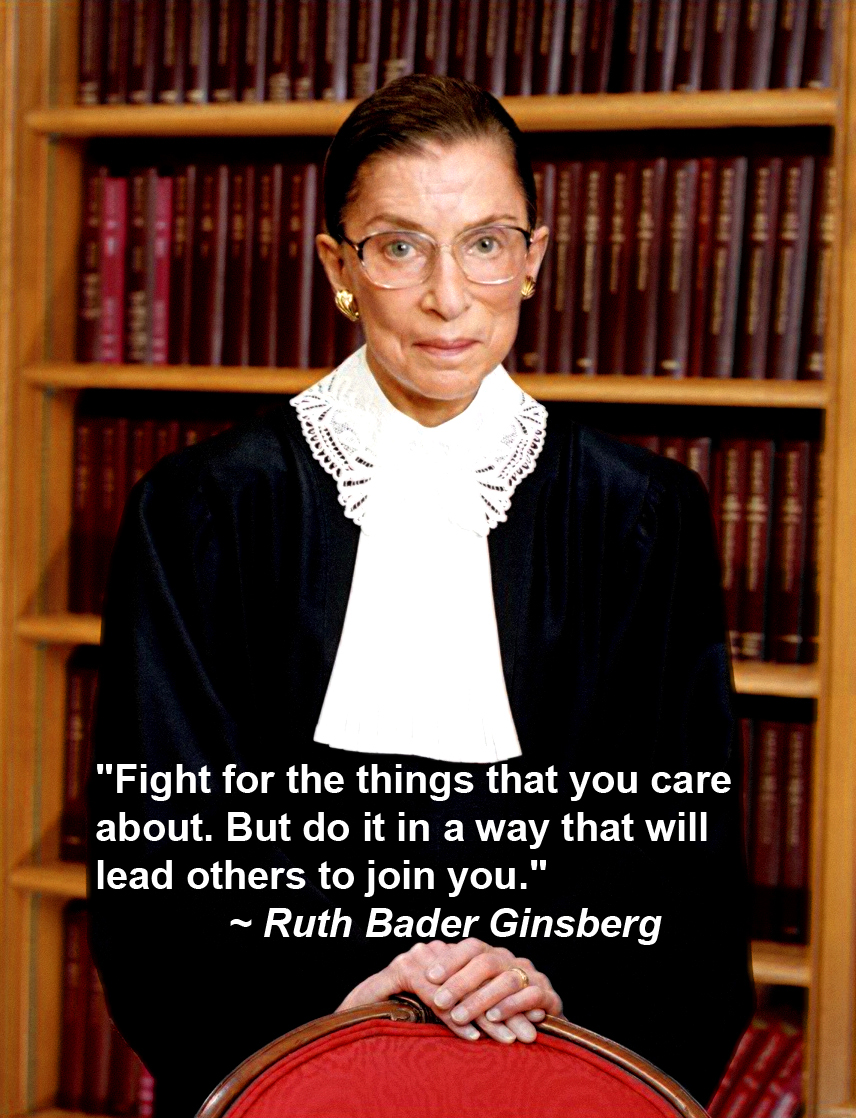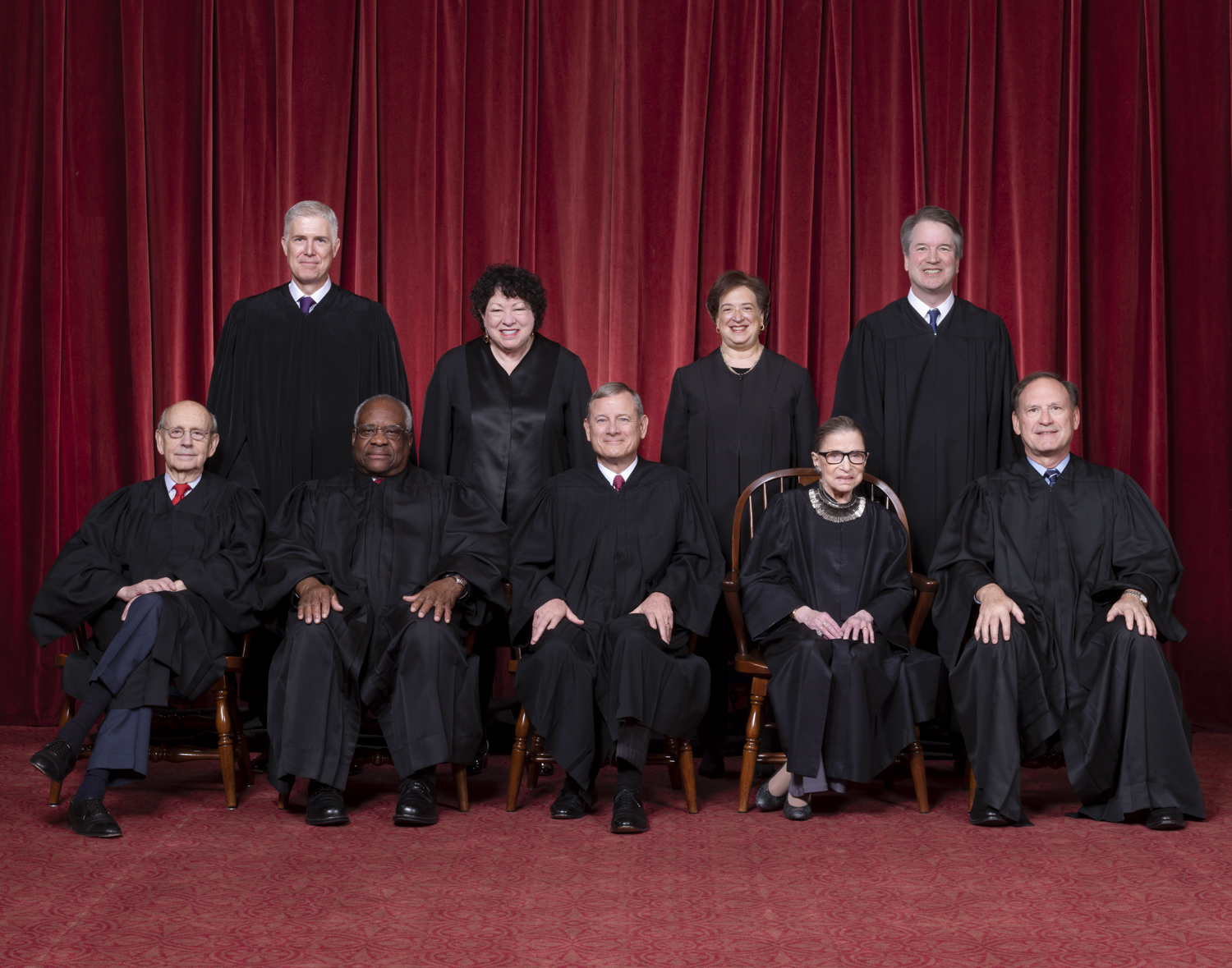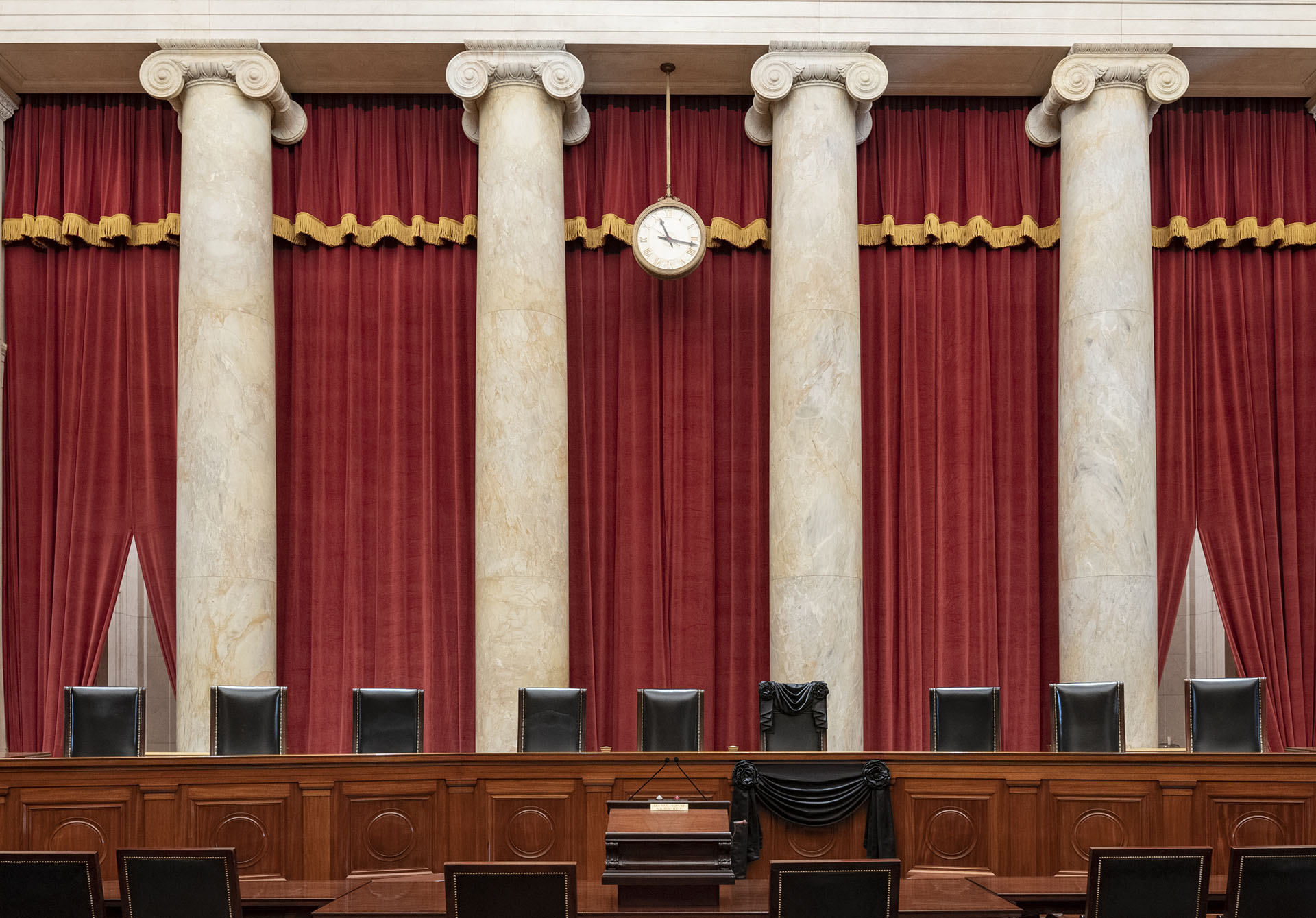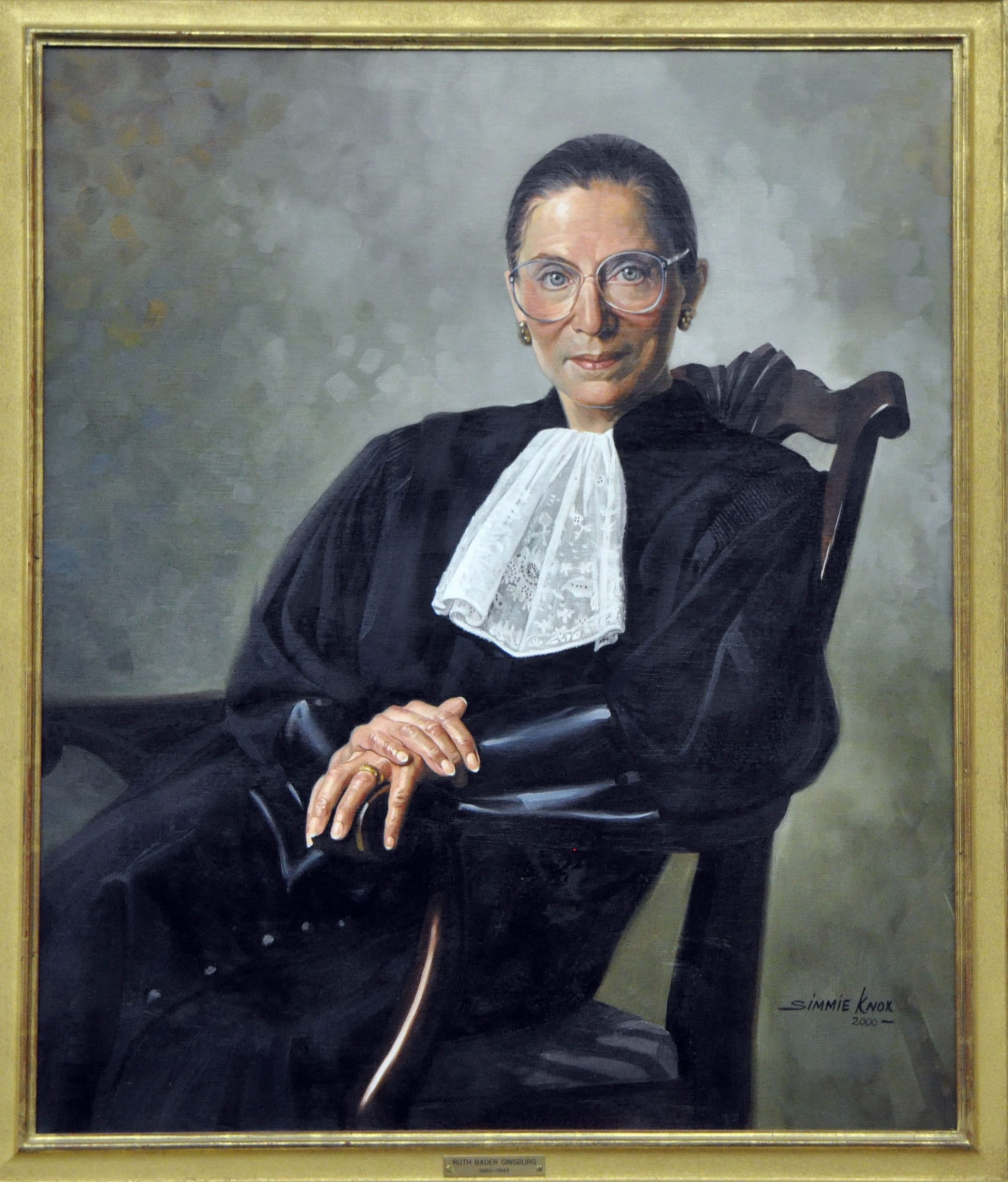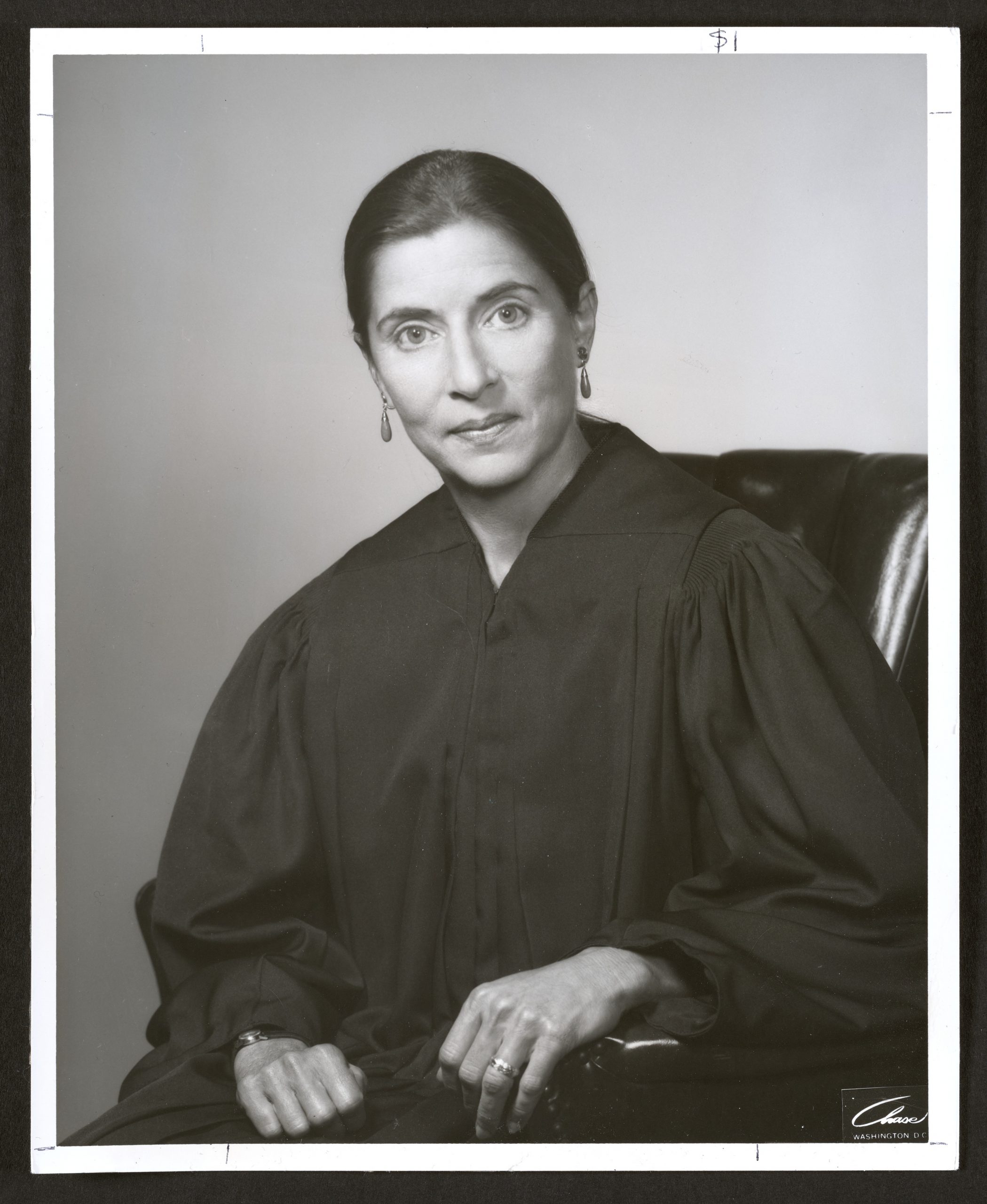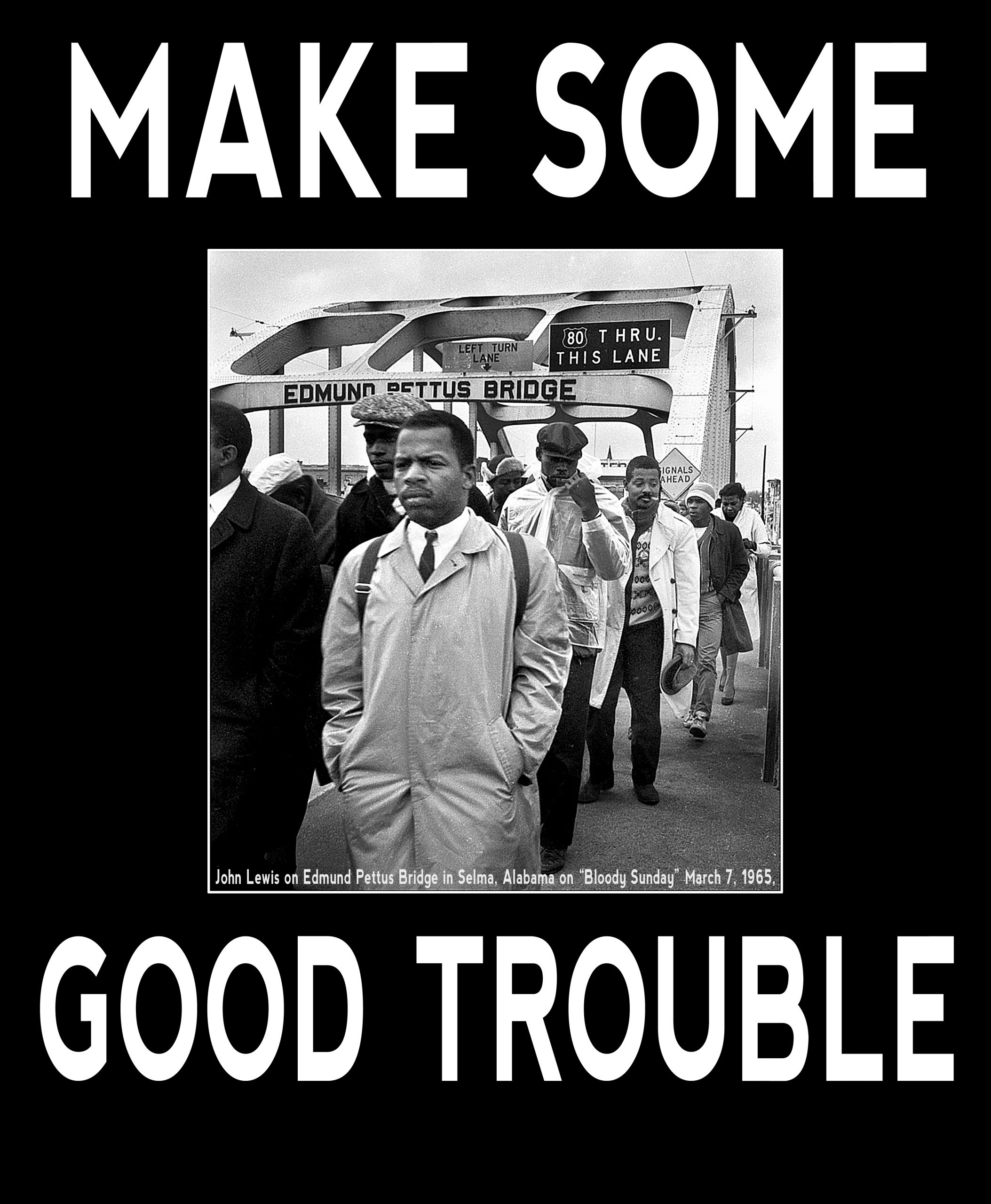
✊ Lewis led the march across the Edmund Pettus Bridge in 1965, nearly losing his life for voting rights.
The March Toward Justice
On March 7, 1965, a 25-year-old John Lewis led over 600 peaceful protesters across the Edmund Pettus Bridge in Selma, Alabama. Their goal was simple yet monumental — to march to Montgomery and demand the basic right to vote for Black Americans, systematically denied through decades of discriminatory laws and violence. Lewis, alongside fellow organizer Hosea Williams, carried the moral conviction of the Civil Rights Movement on his shoulders that day, guided by faith in nonviolence and the power of collective courage.
A Bridge Confronted by Hatred
As the marchers crossed the crest of the bridge, they were met by a wall of Alabama state troopers and local law enforcement, armed with clubs, tear gas, and horses. Ordered to disperse, the marchers stood silently. Moments later, the troopers advanced. What followed was a brutal assault broadcast across the nation — batons striking unarmed citizens, clouds of tear gas filling the air, and John Lewis himself struck on the head, fracturing his skull. The pavement of the Edmund Pettus Bridge ran with the blood of peaceful protesters, earning the day its searing name: “Bloody Sunday.”
When the Nation Saw the Truth
Television cameras captured the horror, sending images of the beatings into living rooms across America. The country could no longer look away from the racial violence that had long defined the South. The images of John Lewis — bloodied yet unbowed — became a turning point in public consciousness. Americans who had remained indifferent to the Civil Rights struggle suddenly felt its urgency. The brutality at Selma exposed the moral rot of segregation and the courage of those who faced it head-on.
The Power of Nonviolent Resistance
Despite his injuries, Lewis refused to give in to bitterness or retaliation. He continued to preach the philosophy of nonviolence he had learned from Dr. Martin Luther King Jr. and mentors like Rev. James Lawson. To Lewis, the violence at Selma was not defeat — it was revelation. He believed that “the power of love, the power of peace, will overcome hate.” The marchers returned two more times, and on March 25, 1965, their persistence triumphed: thousands finally completed the 54-mile journey to Montgomery under federal protection.
A Legacy Written in Courage
Bloody Sunday became one of the defining moments of the American Civil Rights Movement and directly led to the passage of the Voting Rights Act of 1965, signed by President Lyndon B. Johnson later that summer. John Lewis’s courage on that bridge remains a testament to what it means to make “Good Trouble” — to stand in the face of injustice, risking everything so that future generations might walk freely. His steps across the Edmund Pettus Bridge were not just a march for voting rights; they were a march for the soul of the nation.
💡 Fun Fact: Lewis returned to the bridge decades later with Obama, still calling for justice.
#GoodTroubleMakers #JohnLewis #HallOfGoodTrouble

